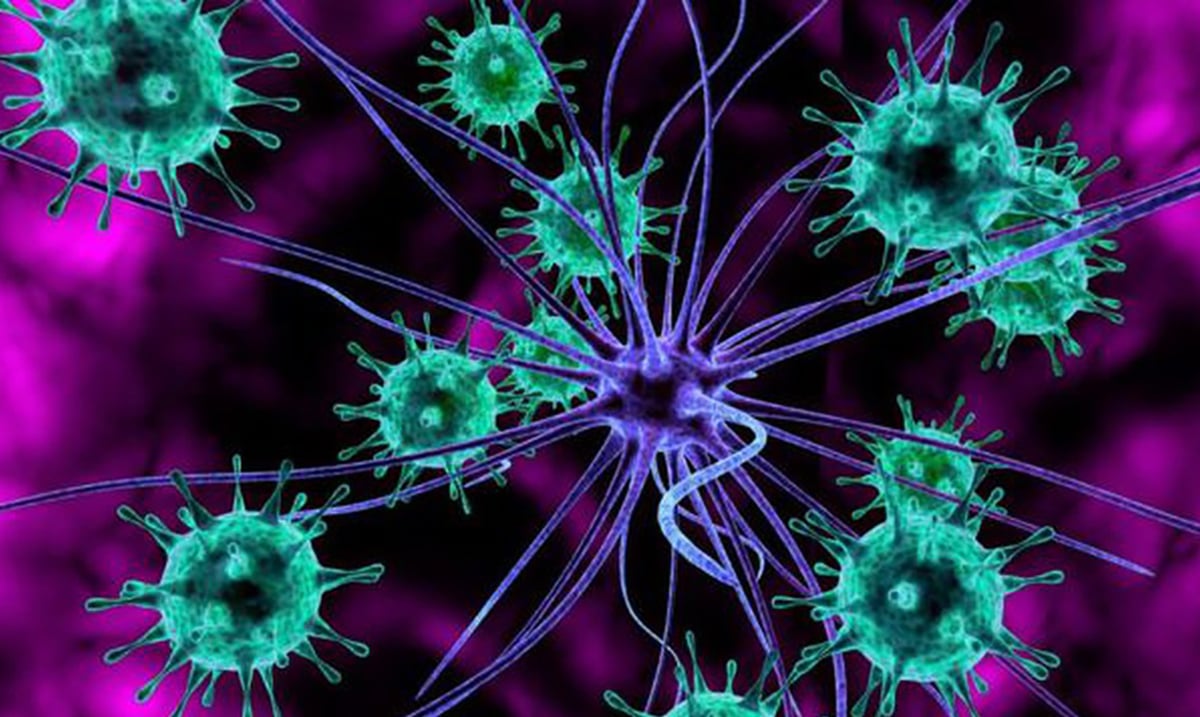Something quite interesting is currently unfolding and it could end up being much more promising than anyone had assumed. Could a virus be the key to ending cancer?
Researchers from the University of Otago have been carrying out research on an anti-cancer virus. They have been using high-resolution electron microscopy imaging to reveal just how it interacts with tumor cells and so forth. This virus is known as SVV or Seneca Valley Virus. It is relatively new and infects cancer cells while leaving normal tissue alone.
Some of their findings were recently published in the journal PNAS and its abstract goes as follows:
Recently, the use of oncolytic viruses in cancer therapy has become a realistic therapeutic option. Seneca Valley Virus (SVV) is a newly discovered picornavirus, which has earned a significant reputation as a potent oncolytic agent. Anthrax toxin receptor 1 (ANTXR1), one of the cellular receptors for the protective antigen secreted by Bacillus anthracis, has been identified as the high-affinity cellular receptor for SVV. Here, we report the structure of the SVV-ANTXR1 complex determined by single-particle cryo-electron microscopy analysis at near-atomic resolution. This is an example of a shared receptor structure between a mammalian virus and a bacterial toxin. Our structure shows that ANTXR1 decorates the outer surface of the SVV capsid and interacts with the surface-exposed BC loop and loop II of VP1, “the puff” of VP2 and “the knob” of VP3. Comparison of the receptor-bound capsid structure with the native capsid structure reveals that receptor binding induces minor conformational changes in SVV capsid structure, suggesting the role of ANTXR1 as an attachment receptor. Furthermore, our results demonstrate that the capsid footprint on the receptor is not conserved in anthrax toxin receptor 2 (ANTXR2), thereby providing a molecular mechanism for explaining the exquisite selectivity of SVV for ANTXR1.
This virus is so far proving to be a very likely ‘cure’ as it will selectively target a receptor found only in tumor cells in over 60 percent of human cancer cases. This being the protein mentioned in the abstract above, ANTXR1. SVV has already been proving quite effective in its clinical trials but does have its downsides as it is something the body builds up an immunity to quickly.
Dr. Bostina who works closely with this virus said as follows in a statement:
“We can see how the virus breaks into the cancer cells while leaving other cells untouched.”
“This structure teaches us which part of the virus is essential for binding to the receptor and which is not. If we want to make the virus more efficient at invading cancer cells, we can leave intact the part that interacts with the cancer cells and modify the rest so the virus can escape the attack of the immune system,”
“Being able to work on a virus that can kill cancers is very rewarding, especially knowing that one day our findings could potentially lead to tackling a major global health issue,”
This study and virus in general really show just how far this whole concept has come. This could really be a very beneficial virus for those with different kinds of cancers in the future. While the idea of using a virus to cure a disease will always be controversial we can only hope to know more about it as time passed.
Image via BBC

